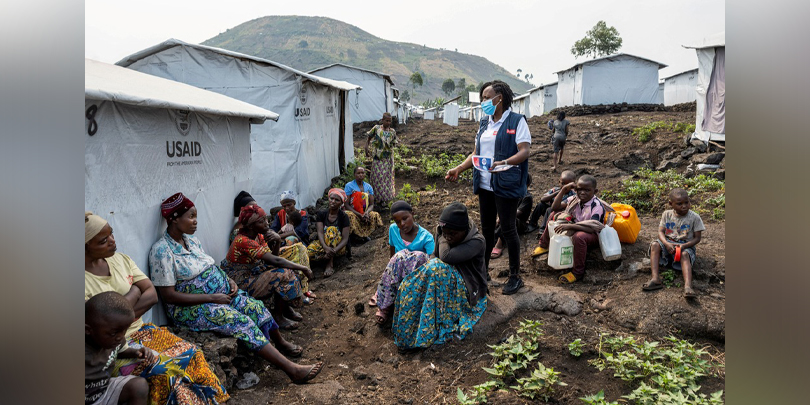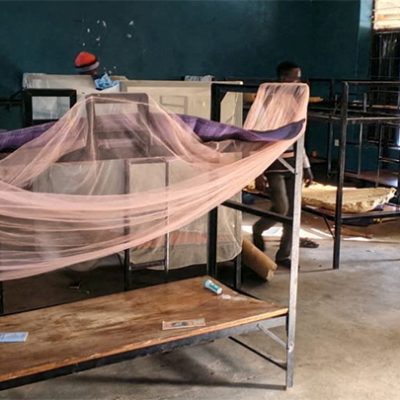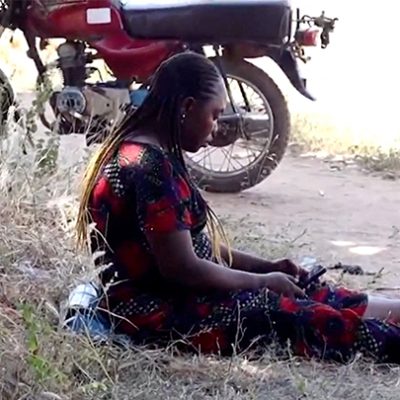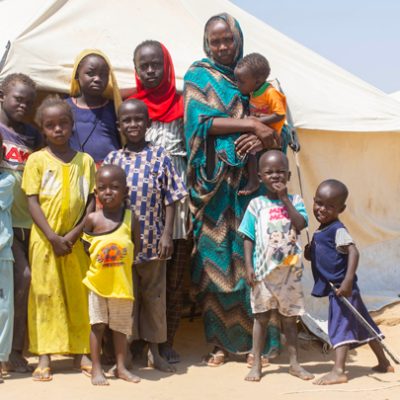
As Congo remained the epicentre of the latest mpox outbreak, Church leaders in the country called for increased action and expressed concern at the surging cases. Source: NCR Online.
More than 500 people have died in Congo and almost 18,000 were infected – 94 per cent of the global cases in 2024 – as the viral disease spread to East and Central Africa.
Nearly 70 per cent of mpox infections in Congo are in children under 15.
In Congo “we are really concerned about the many cases,” Archbishop Marcel Utembi Tapa of Kisangani told OSV News. “As a Church, we are calling on the government to take care of people,” he said, urging nongovernmental organisations to help the people.
Church health institutions in the country were continuing offering relief, among others, as the disease marched on.
The Church provides more than 50 per cent of the health care needs for people in the Central African country, also hit by a deadly rebel war in the eastern provinces of North Kivu, South Kivu and Ituri.
Mpox is a zoonotic disease, meaning it spreads between humans and animals. Although scientists discovered mpox – earlier known as monkeypox – in 1958, among monkeys kept for research in Denmark, it was not until 1970 when doctors found the first human case in Congo.
However, United Nations health experts say the disease was neglected in Africa, until 2022, when a global outbreak was ignited.
The viral disease is transmitted through close contact between people, and sometimes between people and environment, through objects and surfaces that have been exposed to an infected person.
Its main symptoms include rash-like blisters which affect all parts of the body and which last from two to four weeks. The victim also gets a fever, headache, muscle aches and swollen lymph nodes.
Relief agencies – among them Christian based ones – report that the category most affected by the disease are the many children who have been forced into the crowded refugee camps by the ongoing conflict.
FULL STORY
Congolese Catholic Church leaders concerned as mpox marches through country (By Fredrick Nzwili, OSV News via NCR Online)






